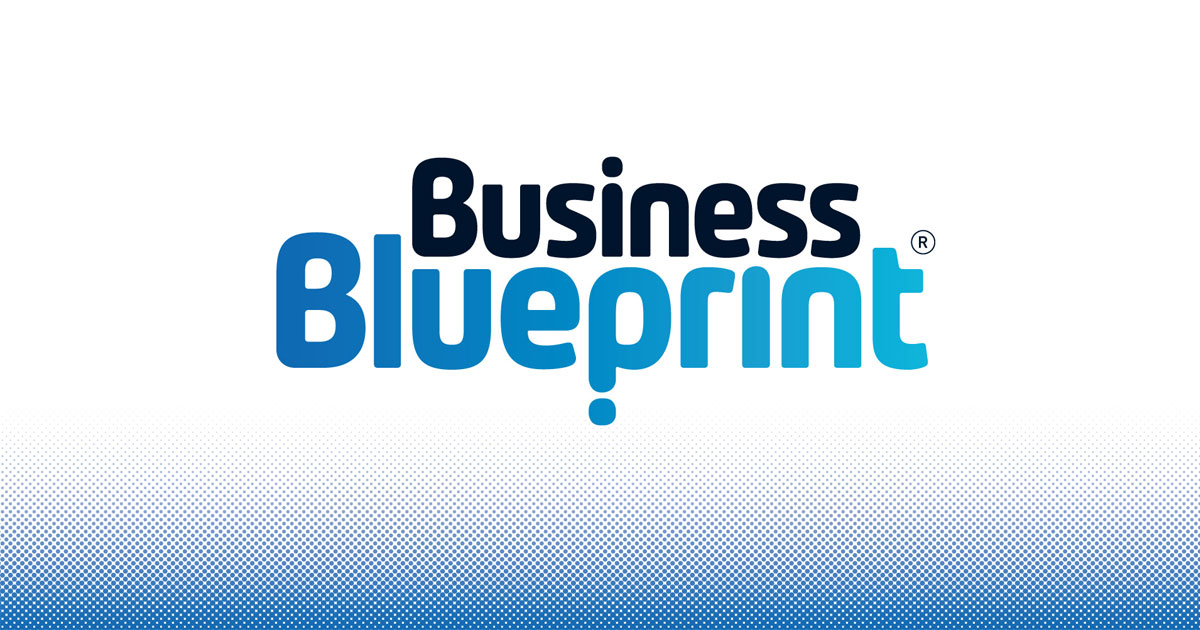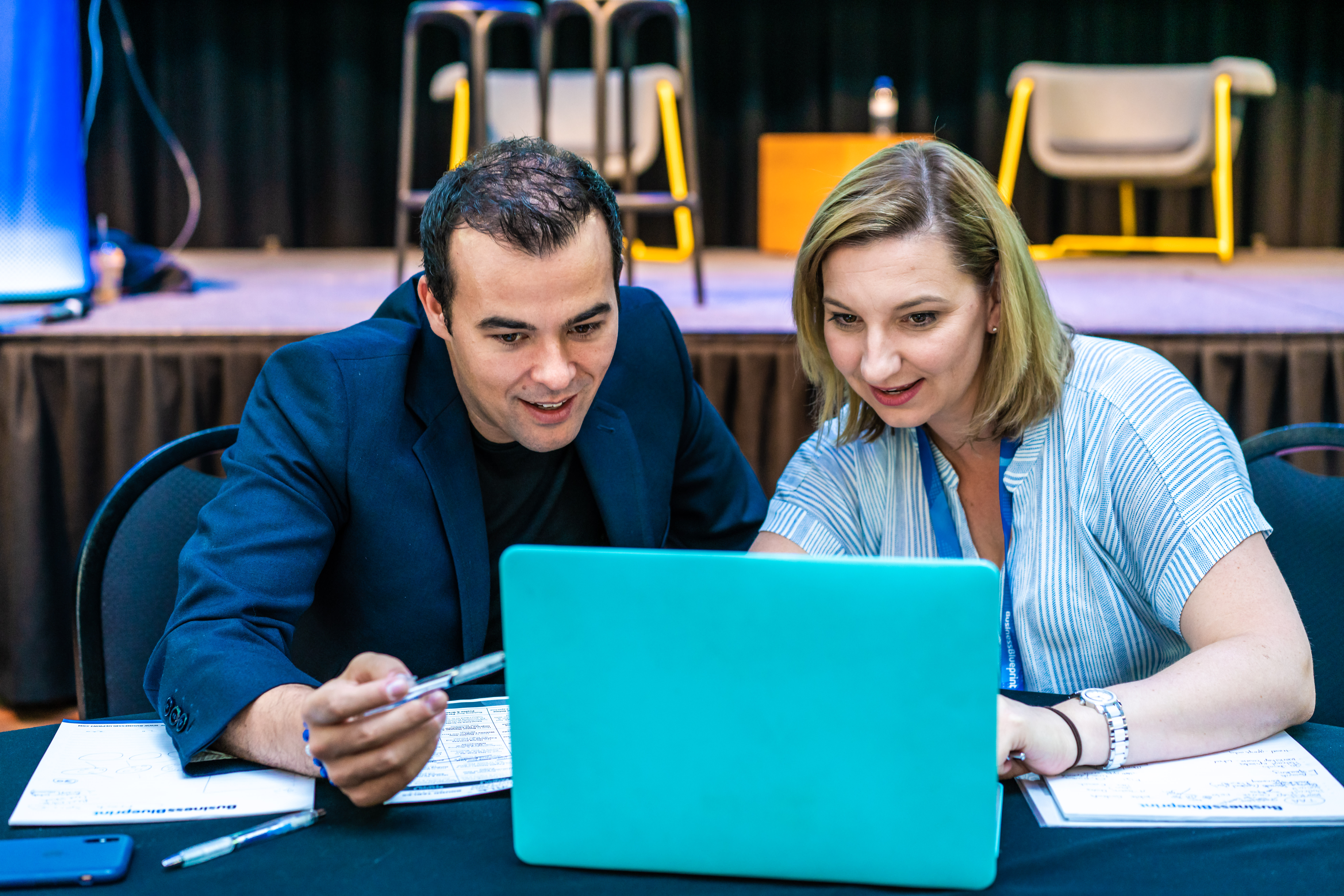ACQUISITION
When Facebook acquired Instagram for a reported $1 Billion, the media world went into a frenzy over the valuation of Instagram and the follow on purchase by Facebook.
But far less publicised, and flying a little under the radar, was an even larger acquisition by Google of a relatively small company headquartered in Israel, which you most likely haven’t heard of but should know about.
A small company with only 10 staff in their head office, that founded an app which Google acquired to borrow the clever technology that ran in the background to use in their apps.
THE APP
The company is called Waze, an app that was founded in 2006 and originally started out as a community project called Free Maps Israel. But the app grew into something much larger, and the technology behind it is what caught Google’s eyes.
In fact, this technology is what is used within Google Maps today. Have you ever wondered how your Google Maps app knows how busy the roads are, where accidents and breakdowns are, and even when and where road works are taking place?
Waze is a Crowd Sourced real-time traffic app which not only provides directions through their GPS Map, it also provides real-time traffic information based on users location and how fast their GPS signal is moving.
CAPITAL RAISING
Originally started as a free community project for the locals in Israel, founder Uri Levine had a bigger vision, and he had to sell that vision to his team and the investors to get the funding required to turn his dream into a reality.
As you can see below, there were multiple capital raisings during the early stages of Waze, and this allowed for development costs to implement the new feature roll outs, expansion into Asia and other countries around the world and not to mention, getting Google to take notice.
FEATURES
In addition to the Navigation System, which was already a pretty cool feature for a free app, Waze steadily released some important updates which would see them become the leader in their field and see a valuation of $1 Billion and over 50 Million users worldwide.
They firstly needed to monetise the app, and they did this by offering advertisers location based advertising, with an ad buyer platform which was easy to use and navigate and allowed ad buyers to specify when and where they wanted their ads displayed.
An additional feature which was released to users was real-time fuel pricing updates which pulled data from fuel stations across the country and then imported that data into the app to provide users with location details of where to get the cheapest fuel for their vehicle, and the fastest way to get there so they didn’t run out whilst trying to save money on fuel.
A further feature was a carpooling app, well before Uber had released this feature on their platform. And this feature is still in use by millions of people in the USA today. The carpooling app from Waze allows you to find people needing a ride on the current route that you have inputted into the app, and it charges them a fee for this. So not only can you use the carpool lane, but you are also making money whilst driving to where you need to go.
THE TEAM
Uri Levine was based in Israel originally, and had a strong team of experts by his side, with 10 employees in the Israel office. But rapid expansion and investment from Venture Capital firms saw them expand quicker than expected, so they quickly opened an office in Palo Alto, California, and this office grew to over 70 people before they sold to Google.
In a generous move by the founder, in the agreement with Google to buy his company, not only would all of his investors and Uri himself make a fortune for their hard work, Uri made sure that each of his employees would be looked after too.
Each employee received from the acquisition by Google around USD $1.2M as a thank you for their hard work over the years they grew the business together as a team.
For some people this meant different things. Everyone could retain their roles within the organisation, but for some who were closer to retirement, this meant early retirement. And for some who were younger, it meant being able to afford to purchase a new home.
It was recorded as the largest employee pay-out from an acquisition in history.
SUMMARY
Uri Levine had a dream to make travel easy for his local community, and this dream evolved into helping commuters all over the world get to their destinations safer, more affordably, and most importantly, faster.
As you can see, there’s nothing wrong with being small. You can do big things with a small team. So if your business is just you at the moment, dream big. Or if you have a few staff in your team, don’t underestimate what a small group of dedicated people can achieve.
We hope you enjoyed the read and let me know your thoughts in the comments section below or share the article with your friends on social media.




